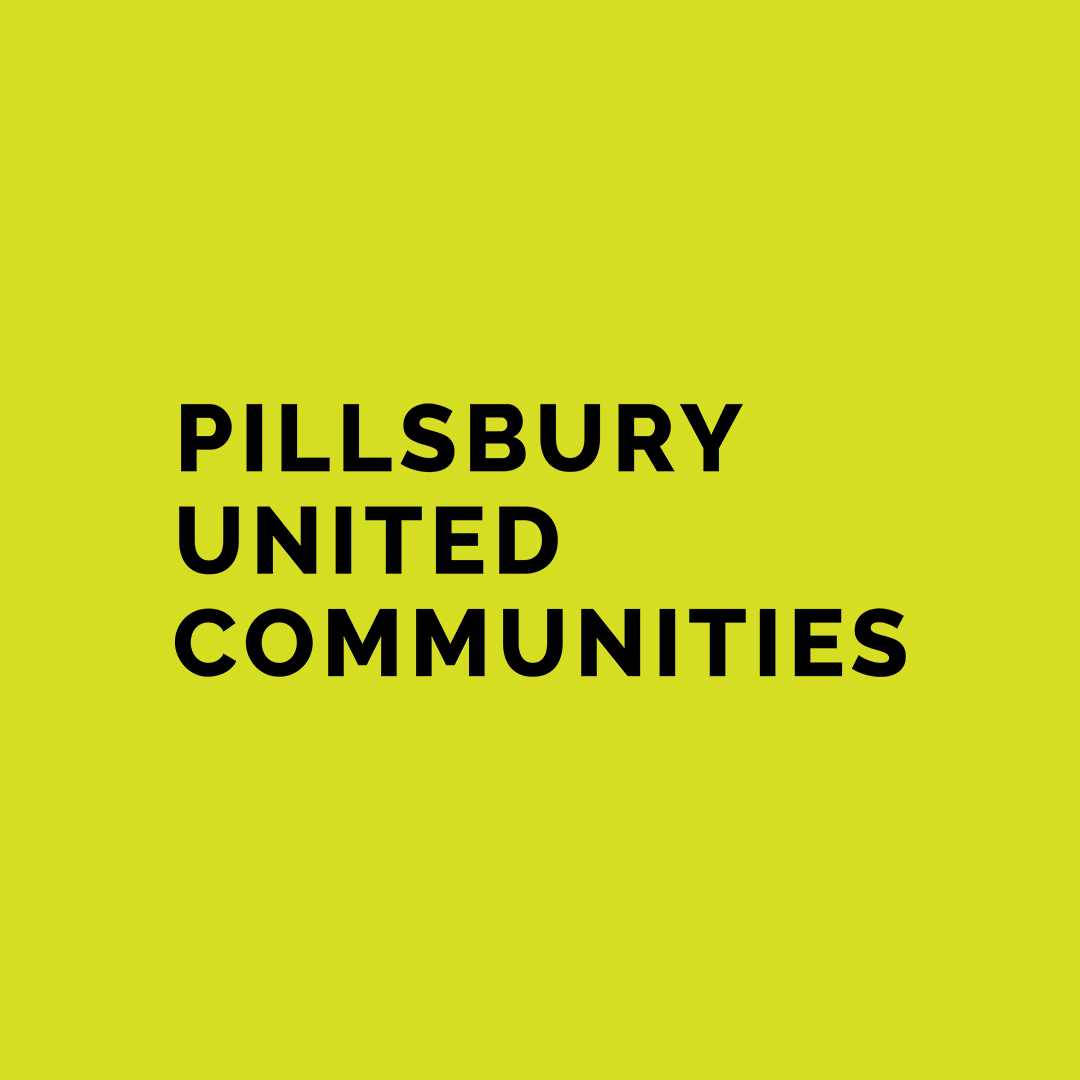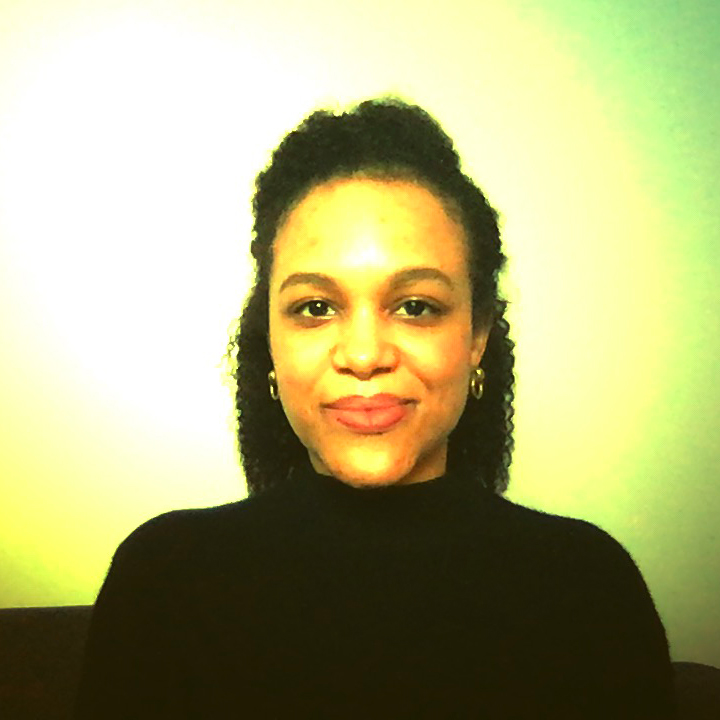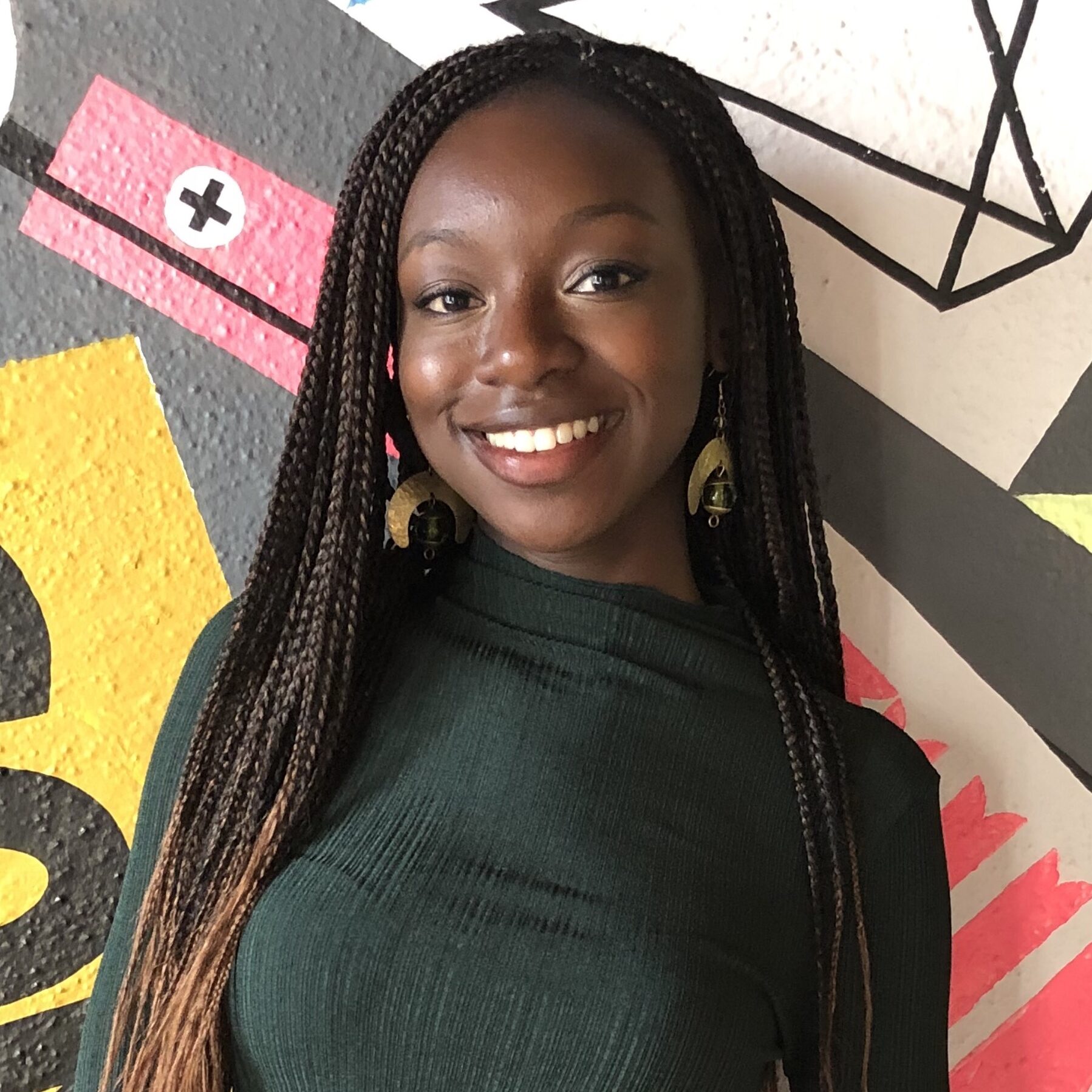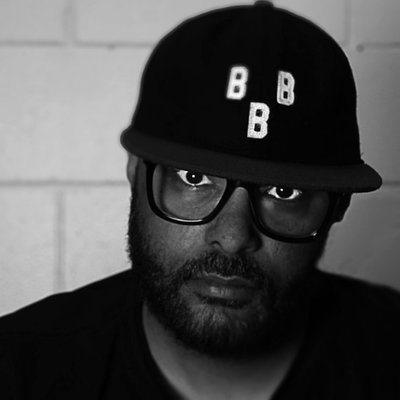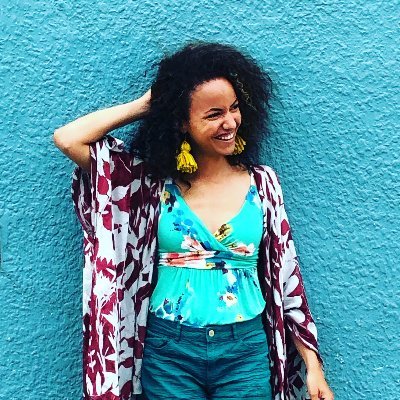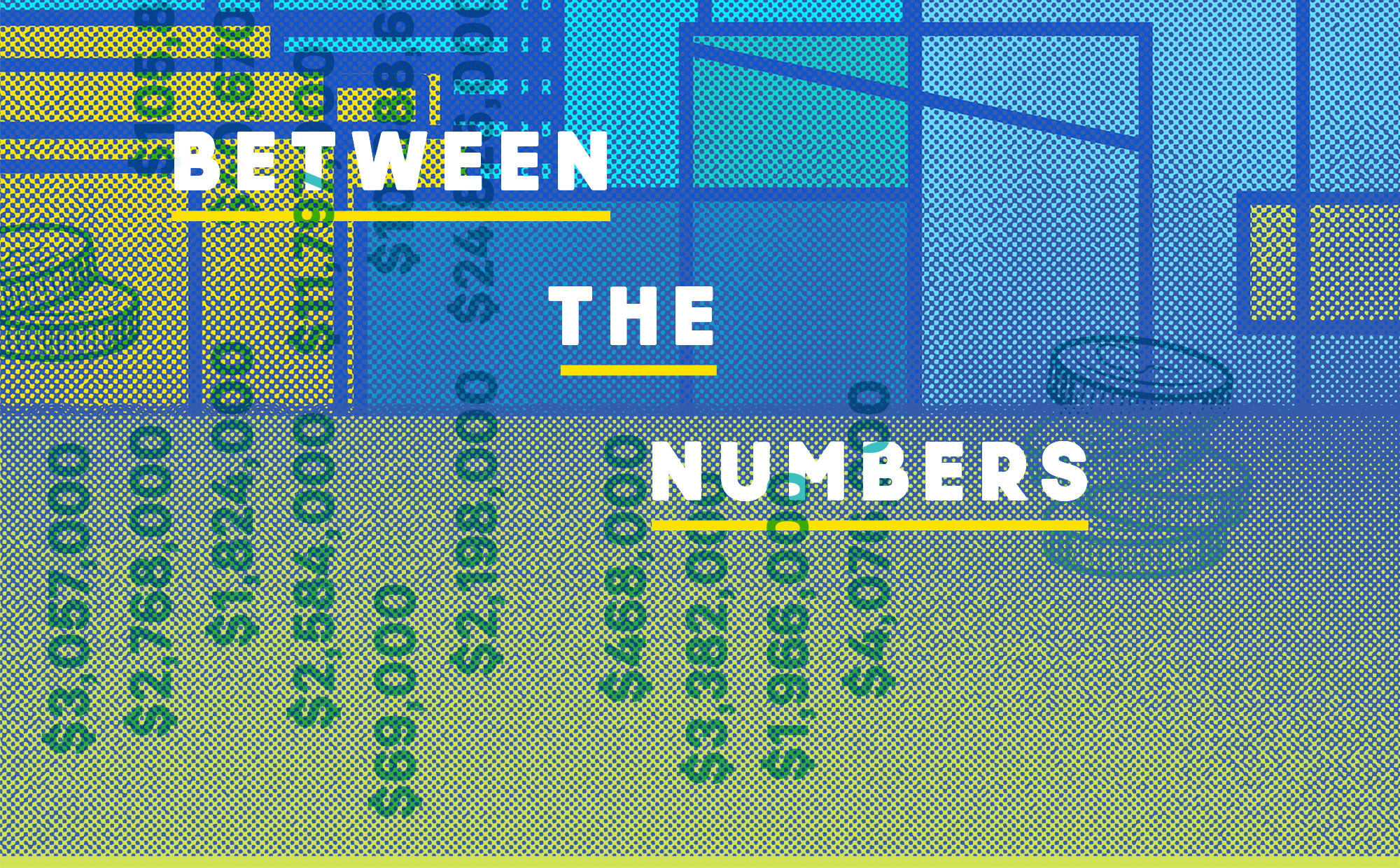
Story Nyemadi Louise Dunbar
Photography & Video D.A. Bullock
Design & Illustration Melanie Walby

Numbers are infinite and so are the possibilities offered through the countless ways that they can be arranged, added, subtracted, divided and multiplied.

Numbers give us shortcuts to understanding, through phrases like “third time’s a charm,” “my two cents,” “a picture is worth a thousand words,” and “back to square one.” But somewhere between the infinite and the shortcuts, numbers hold truth. Numbers also reveal who we are as a society: what we care about, where we have been and where we might be headed together.
Population statistics collected from a census, data points on a graph about taxpayers in each income bracket, the percentage of a community that votes, tables from budget reports — these are more than numbers. They tell us where in the world we hail from, the financial habits we possess, the issues that we’re willing to show up for as civic citizens and the benchmarks of progress we measure ourselves against.
Numbers also reveal who we are as a society: what we care about, where we have been and where we might be headed together.

To sum it up, the manner in which society gives meaning to words is mirrored in our handling of numbers.

Here’s a number: 1.6 billion dollars. That’s Minneapolis’ annual budget.
Here are some more:
Our city limits contain an estimated 424,403 residents spread across 87 neighborhoods where five languages are widely spoken (English, Spanish, Somali, Hmong, and Oromo). City limits set against a beautiful backdrop of lush greenery and 22 lakes where several of Minnesota’s 16 Fortune 500 companies call home alongside many, niche small businesses.
City limits where tales of a vibrant metropolitan area rubs elbows with a Black unemployment rate that is twice that of its white counterparts and an average income of $38,178 for Black families that is well below the $84,459 that the average white family encounters.

Sometimes the story lies in the space between the numbers.
1.6 billion-dollar budget can be defined as both opportunity and frustration in the story of a city struggling to address inequality in the face of its preference to be seen as a liberal, progressive oasis. The space between the Minneapolis Police Departments’ $193 million, Senior Services’ $69,000, Emergency Preparedness and Infectious Disease Prevention’s $468,000, Youth Development and Sexual Health’s $1.8 million and Family and Early Childhood’s $3 million leaves many questions and even more to be desired.
$1.6 billion budget can be defined as both opportunity and frustration in the story of a city struggling to address inequality in the face of its preference to be seen as a liberal, progressive oasis.

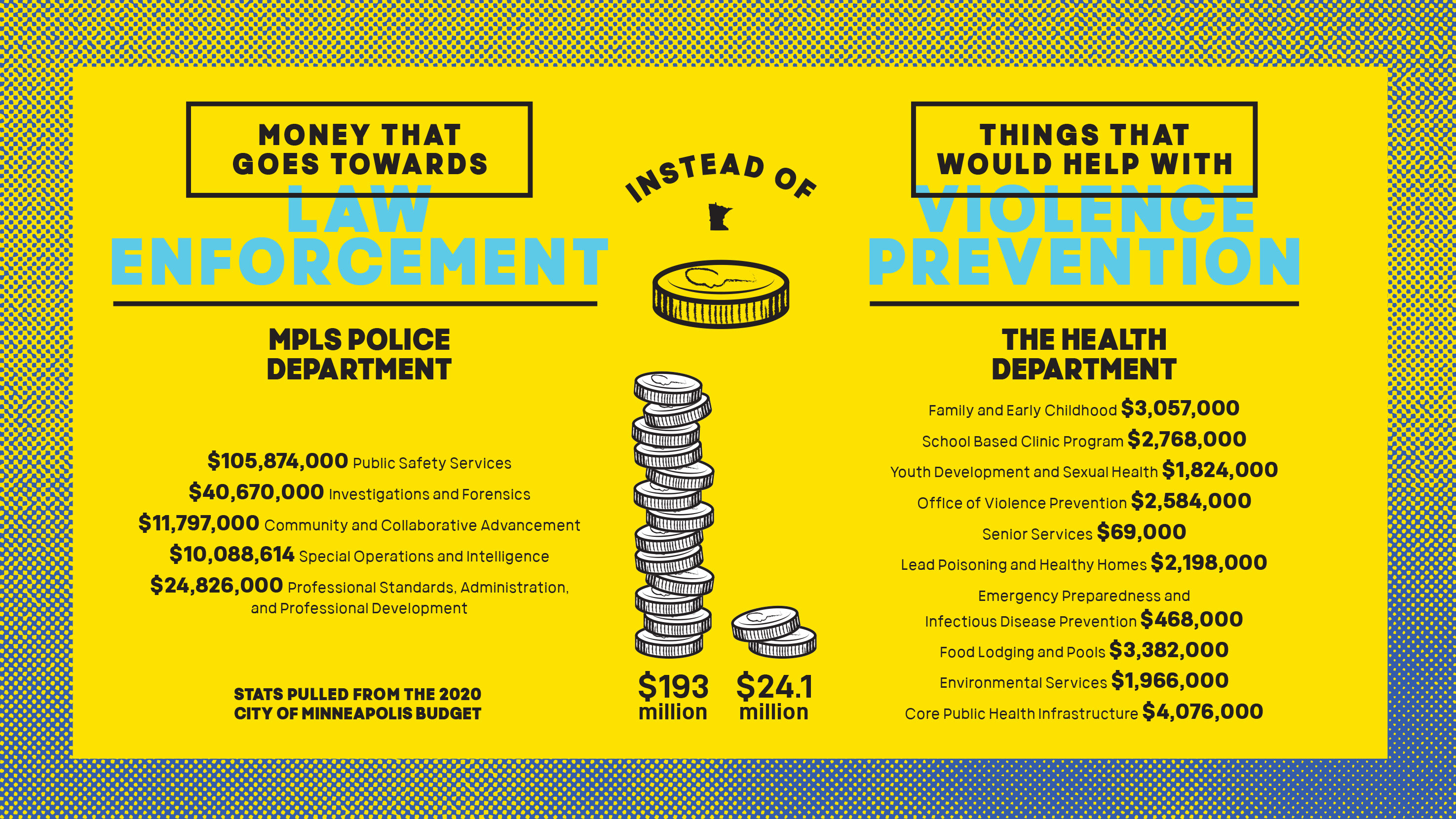
The recent waves of violence and dissatisfaction have led to stronger, more public and more consistent discussions on who we are and who we ought to be. And with this reimagining of what our communities can look like, Minneapolis is akin to a start-up company that is eager to lead and set trends in the marketplace. The funds to launch, maintain and grow already exist in our city’s budget. With no need to seek out seed capital, participate in rounds of series funding or craft a Kickstarter — Minneapolis can focus on its values, mission and output.
As a high-potential, start-up company, how has our budget held up? Have our decisions resulted in a strong return on investment? Two balmy September afternoons in North Minneapolis — situated on 1.1 square miles — offers insight from city leaders on where we stand.
The elements of our current moment (protests for systemic change in the face of police violence, a pandemic highlighting inequality and pleas for opportunity in lieu of the status quo) suggest that the city is not running successfully. As Sasha Cotton, director of the Office of Violence Prevention, puts it: “These systems aren’t designed to see our children succeed.” Her team of five — tasked with providing preventative resources and programming for youth, families and communities — operates with $2.5 million. It’s a world away from Minneapolis Police Department’s $193 million.
“These systems aren’t designed to see our children succeed.”
Sasha Cotton, Director of the Office of Violence Prevention

Gaps like these are what Ward 4’s City Council Member Phillipe Cunningham means when he says that “prevention shouldn’t be political.” The city is upfront with what it values — and doesn’t — when work to provide hope and opportunity at the intersection of police and prevention is greatly underfunded. It’s an intersection where Cotton believes that people can be “safe, alive and free,” but only if we invest in programs and people to make that a reality.
Good systems are the fabric of any successful business and are not left intact should they fail to provide results. “Humans created the systems that we have now,” says Cunningham. “So we’re capable of creating better systems.” Sticking with systems — or budgets — that don’t work for everyone leaves us unable to remedy issues like resourcing safe, inclusive spaces for homeless youth or improving high school graduation rate disparities.
“Humans created the systems that we have now. So we’re capable of creating better systems.”
Phillipe Cunningham, Ward 4 City Council Member

When leaders and community members discuss defunding the police, the word “defund” is not a placeholder for devaluing. Cotton believes “that we should use every tool in the toolbox to address public safety”. And in doing so, defunding does not leave empty the importance of having a police force to address and solve violent crimes.
Defunding weaves police into a safety net of services that serves communities holistically and sustainably. Defunding is reallocating capital so that reimagining public safety can take tangible form. This reallocation answers an important question posed by Cunningham: “Why wouldn’t we want to stop the violence before it happens rather than continuing to put money into the response that happens after the violence has already taken place?”
“Why wouldn’t we want to stop the violence before it happens rather than continuing to put money into the response that happens after the violence has already taken place?”
Phillipe Cunningham, Ward 4 City Council Member
Cotton and Cunningham are part of a movement of people, programs and drafted policies setting out to make good on the promise of Minneapolis — a city rich in culture and capital. A city that should be equipped, as Cotton puts it, with the understanding that “we’re all one bad choice away from being the people that we serve.” Their work, imbued with the necessary humanity Cotton speaks of, is how communities across the city will get to live out the belief of Ward 4’s councilmember that “peace is our birthright.” We can begin to access this birthright through a stronger manifesto for Minneapolis. Creating a changed city through adjusting systems to work for the people and placing power in the hands of those who actually wish for, and work towards, said change.
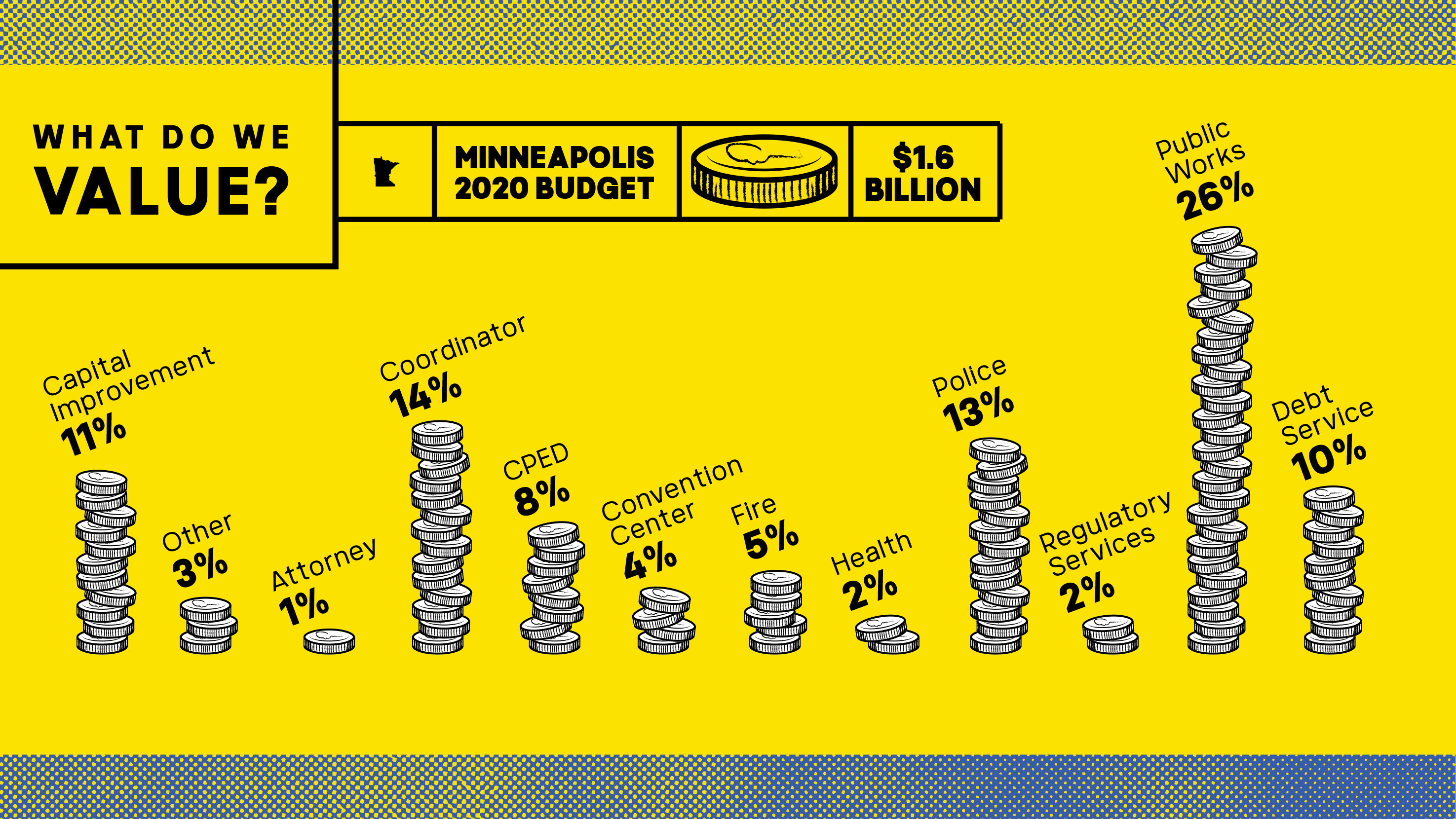
How will Minneapolis define its numbers moving forward? Will 1.6 billion dollars continue to represent a status quo tilted toward those who already benefit from the current structure, and away from communities of color? Or will it be an opening to release the city from a fragmented existence —and move to one in favor of reconciliation, and a citywide revitalization that serves everyone?
Anything is possible when you begin to reimagine the way the world works. To see a city for what it can be instead of what it is. And in Minneapolis’ reimagining — solving the most important math equation paves the way forward for a city with bright stories behind the numbers.

This story is part of an ongoing series on reimagining public safety:
Things Must Change
Between the Numbers
Advocate for the public safety budget that you want to see.
Mayor Frey released an early budget draft for 2021 in August. The council will take final action on it on Dec. 9.
1. Voice your wants directly to your council member or your neighborhood association.
2. Attend a scheduled public hearing (Nov. 16 and Dec. 9) about the 2021 budget and speak directly to the entire council and community about your vision for violence prevention. Find hearing information at: minneapolismn.gov/budget/budget-calendar
3. Rally other Minneapolis residents to speak out with you.

Contributors
